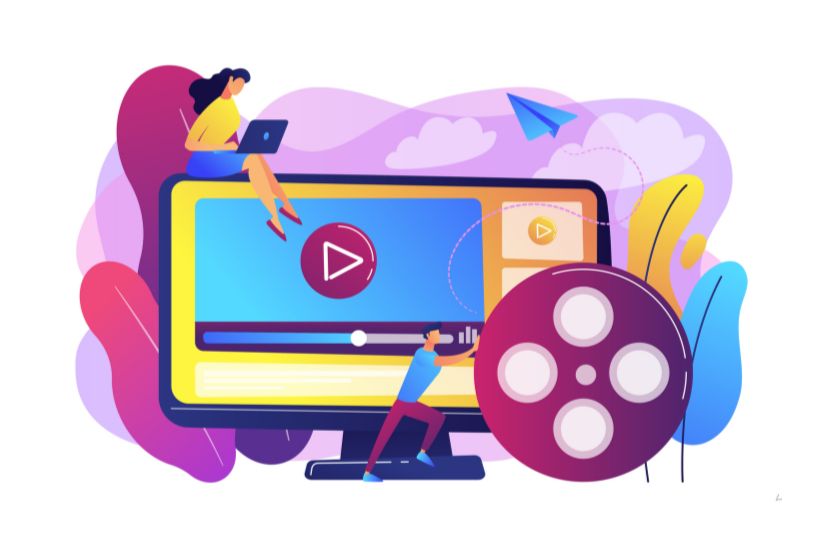Agencies are increasingly reassessing their media models. Over the last few years, the agency business has become tougher. Margins are tighter, clients are more data-savvy, and transparency expectations have skyrocketed.
For many independent and mid-size agencies, these shifts have created a strategic inflection point. Relying on third-party partners for programmatic buying limits growth and profitability.
Owning the capability in-house, however, can seem expensive and complex.
That is where white-label DSPs make it possible for agencies to launch or grow their scalable media offering quickly, without having to build technology from scratch.
With the right platform, your agency can create a scalable revenue stream, improve transparency, and deliver measurable value to clients.
1. Start with a Clear Business Model
Before selecting any platform, define the role your media offering will play in your agency’s portfolio.
Ask yourself:
- Will programmatic buying be a core service or a value-add for existing clients?
- Are you targeting direct clients, or do you want to offer media buying to other agencies under your brand?
- How will you price your offering and maintain profitability?
A white-label DSP gives you the flexibility to design your own pricing structure, whether that is a margin-based model, a platform fee, or a hybrid. Clarity here ensures you build something sustainable, not just operationally possible.
2. Choose a DSP Built for Agencies
Choosing the right DSP matters. Look for one that simplifies setup, makes campaign management straightforward, and supports growth without hidden costs.
When evaluating platforms, look for:
- White-label branding: Your agency’s logo on dashboards and reports.
- Transparent cost structures: No hidden markups.
- Multi-user access: Clients and teams collaborate seamlessly.
- Omnichannel buying: Display, video, native, audio, CTV.
- Robust reporting: Proves value to clients.
Look for platforms that combine simplicity and transparency with scalability, so you can focus on growth, not technology management.
3. Build Internal Capability Before You Scale
Getting a white-label DSP up and running is just the first step. Equally important is helping your team feel confident and skilled in using it. Start with a pilot phase by identifying a few trusted clients who are willing to test your new scalable media offering. Running initial campaigns allows your team to refine workflows, reporting, and optimization processes while documenting
best practices for campaign setup, performance tracking, and billing.
Leveraging a self-serve DSP enables your team to run programmatic campaigns efficiently while maintaining full control over targeting, bidding, and reporting. This approach gives your team the opportunity to learn the platform thoroughly, establish benchmarks, and build proof points before rolling it out at scale. Assigning one person or a small team to own the DSP internally is essential. Their deep understanding of both media strategy and platform mechanics will be crucial to your agency’s success.
4. Prioritize Transparency and Client Trust
Clients demand clarity: where budgets go, what results they get. Transparency is now a non-negotiable in digital advertising.
A white-label DSP gives you the ability to deliver that clarity directly. You control the data, the reporting, and the communication. Clients see your brand, not a third-party vendor’s.
This ownership not only strengthens trust but also differentiates your agency. It shows clients that you are investing in tools that put them first.
Read 6 Common Myths That Are Costing Your Clients to clear up common programmatic misunderstandings.
5. Productize Your Media Offering
Once your process stabilizes, think like a product company. Define your media packages clearly so clients can understand and compare options easily.
For example:
- Awareness Packages: Programmatic display and video campaigns optimized for reach.
- Performance Packages: Conversion-focused campaigns with retargeting and data-driven optimization.
- Omnichannel Packages: Integrated campaigns that include CTV, audio, and native formats.
Productization makes your media offering repeatable, scalable, and easier to sell. It also allows your team to deliver consistent quality across multiple clients.
6. Automate and Streamline Operations
Scalability depends on efficiency, and a self-serve DSP provides the tools to automate many of the repetitive tasks that can slow down your team. Automation can handle bid adjustments, pacing, frequency capping, and reporting delivery, including performance alerts. By leveraging these tools, your team can spend less time on manual work and more time focusing on creative strategy, data analysis, and client conversations.
This ensures your scalable media offering runs smoothly and your programmatic campaigns are optimized for results.
7. Market Your White-Label Capability
Having a white-label DSP isn’t just about operations but a chance to show clients the value of your in-house expertise.
Highlight your in-house programmatic capability in your sales materials, proposals, and client pitches. Showcase the benefits of direct control: better transparency, faster campaign activation, and improved ROI.
A strong narrative can attract new clients who are frustrated with traditional managed services or opaque trading desks.
The Result: A Scalable, Profitable, and Transparent Media Business
Building your media capability on a white-label DSP is one of the most effective ways to grow your agency in today’s market. It allows you to fully own client relationships, generate recurring revenue streams, strengthen your position as a full-service partner, and deliver measurable transparency and control across all campaigns.
The Future of Agency Growth is in Your Hands
Growth lies in ownership. Agencies that control their media stack will own their margins, data, and client trust.
If your agency is ready to move beyond dependence on external media partners, a white-label DSP is your next strategic step.











